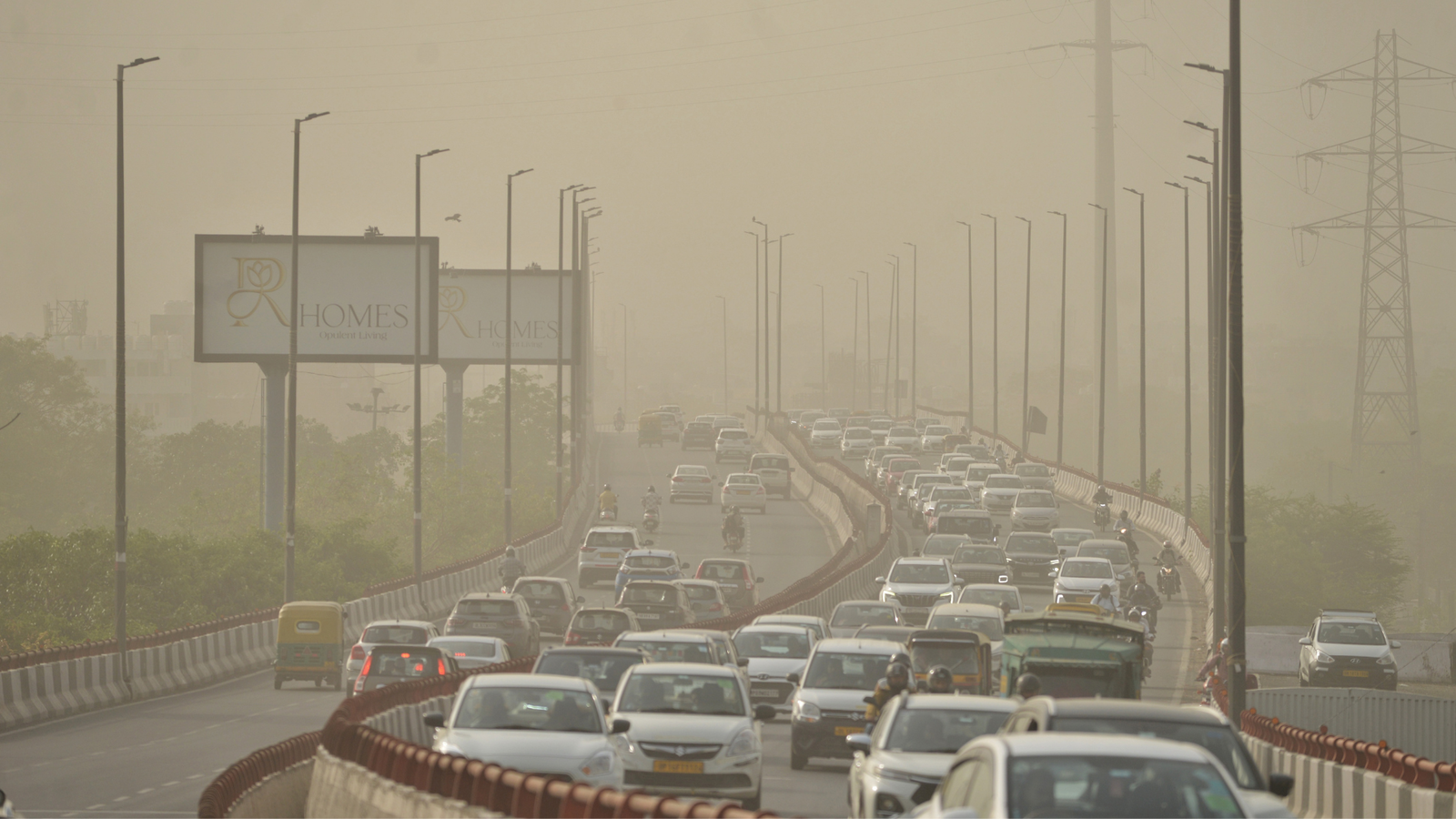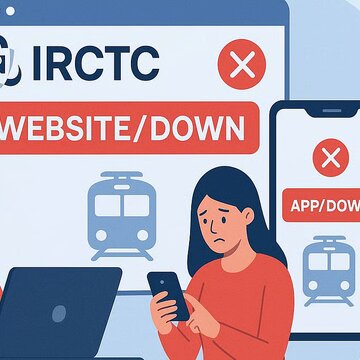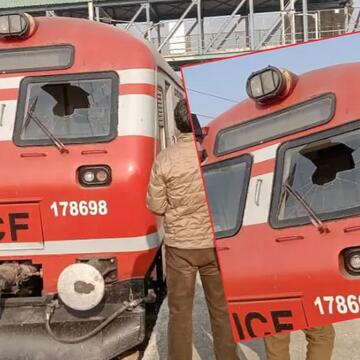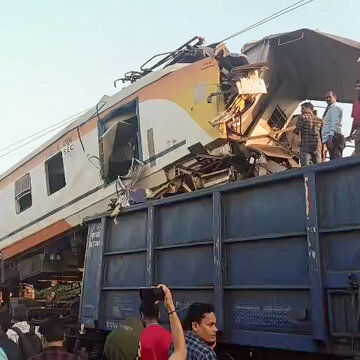Delhi’s air quality continues to deteriorate as the city enters the winter season, with the city waking up to a ‘poor’ Air Quality Index (AQI) for the fourth consecutive day this week. On Friday morning, Delhi recorded an AQI of 242, slightly lower than Thursday’s 24-hour average of 245, but still firmly in the ‘poor’ category, according to official data. Some areas of the city are experiencing even more serious conditions, with AQI figures crossing the 'very poor' range of more than 301.
Area-wise pollution levels
Friday's AQI figures indicate the extent of pollution in various areas of the national capital. Bawana clocked an AQI of 310, Akshardham reached 369, and Narela and Anand Vihar recorded 244 and 252, respectively. The Central Pollution Control Board (CPCB) classifies AQI levels between 0-50 as 'good', 51-100 'satisfactory', 101-200 'moderate', 201-300 'poor', 301-400 'very poor', and 401-500 'severe'.
Transport and stubble burning: Major contributors
Transportation emissions are still the biggest cause of air pollution in Delhi, contributing 18.7 per cent of the overall emissions on Thursday, as per the Decision Support System. Experts say that burning of crop residue in neighboring states combined with Diwali celebrations will likely intensify the air quality in the days ahead. The Air Quality Early Warning System forecast suggests that poor conditions will prevail for the near future.
Green crackers and government steps
To strike a balance between tradition and health issues, the Supreme Court has allowed the sale and consumption of green firecrackers in Delhi-NCR with strict conditions. The Delhi government has declared plans to implement these rules strictly, such as designated selling points, patrol squads, and consultation with manufacturers and merchants. Green crackers will be permitted only during certain hours- 6 am to 7 am and 8 pm to 10 pm, on the evening of Diwali and during Diwali day. Officials have made it clear that this exemption is being provided only on a "test case basis."
Health advisory for vulnerable populations
Though these steps are being taken, experts are calling for caution. The most vulnerable groups like children, infants, pregnant women, elderly people, and people with asthma, COPD, or heart problems are at the greatest risk due to increasing pollution levels. The Delhi government is also making a post-Diwali artificial rain plan ready to counteract the effects of deteriorating air quality.











